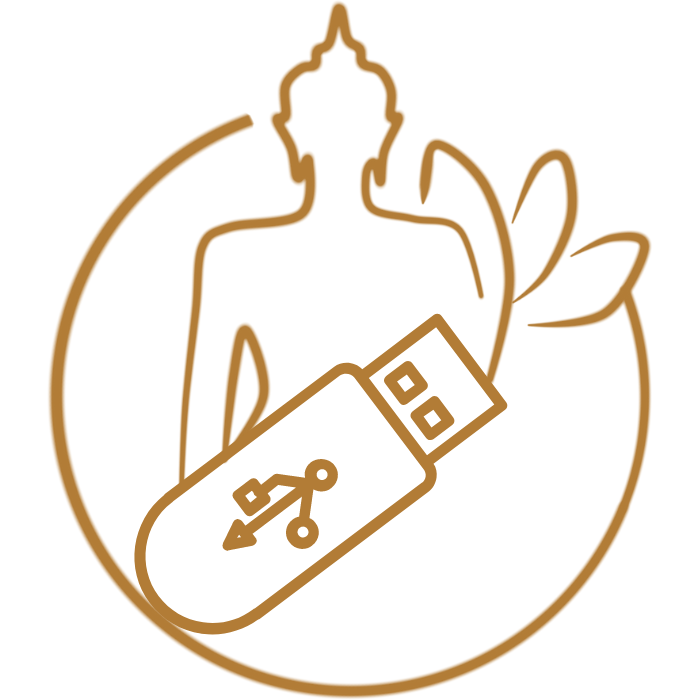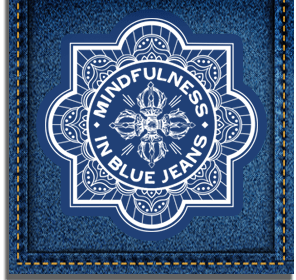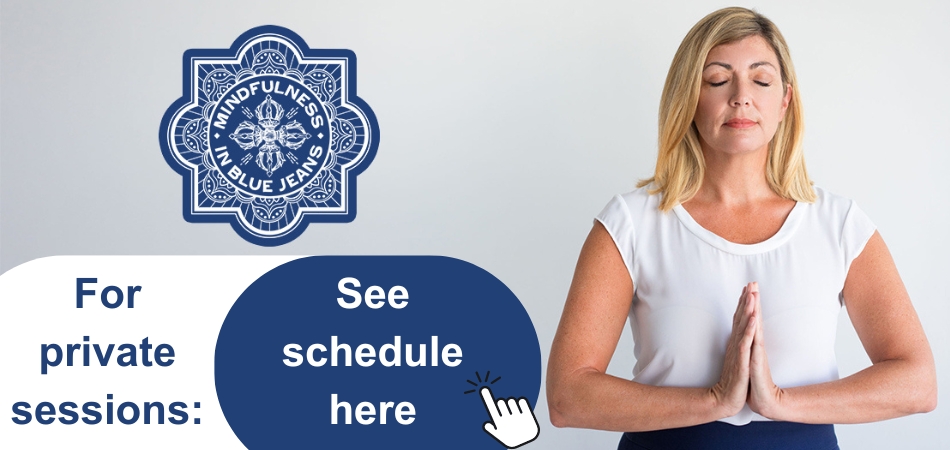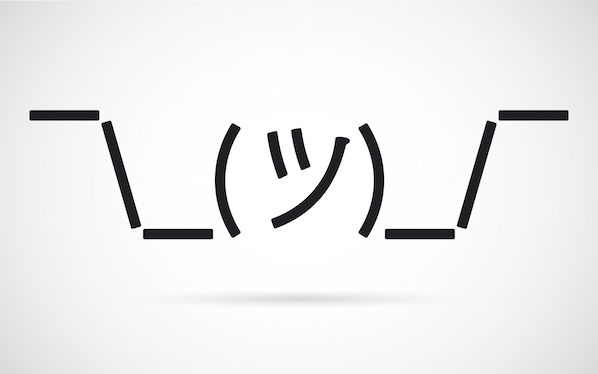
“The supreme art of war is to subdue the enemy without fighting.” — Sun Tzu, “The Art of War”
“We experience moments absolutely free from worry. These brief respites are called panic.” – Cullen Hightower
How do you tell people you’re falling apart from the most first-world problem ever?
Just after graduating from high school, I experienced a traumatic event whose parting gift was panic disorder. I developed a fear of panic attacks, and the vicious cycle of fear led to constant vigilance for the hellish symptoms. Swirling thoughts … heart palpitations … icy sweat … feeling trapped and disassociated. And that horrible moment when breathing broke free of my control … that was the final signal that my ticket was punched, the train had left the station, and I didn’t know if (or when, or how) I was going to make it back. The terror was relentless: “What if I lose it in public where everyone can see?” “What if I lose it in private where no one can help?” “Am I going crazy?”
Through the horrifying haze of exhaustion and desperation, I managed to notice that the attacks only happened when I was worrying about them — which, of course, was all the time. But in those rare moments when my attention was drawn elsewhere, I seemed to be ok. Unable to find a more suitable escape from my own mind, I learned to avoid my feelings of fear through distraction. When the demons stirred, I occupied myself with thoughts about ways to fix other issues I was having at the time: school, money (or lack thereof), and girls (same).
I was a skinny, broke college kid with a bad complexion. I had no shortage of material.
Ruminating on how to solve those kinds of problems gave me enough distance from my REAL uglies to get by. Ironically enough, I earned an honors degree in Social Psychology while deliberately waging this campaign of denial. Cute, no?
Then, at 25, a funny thing happened. Actually, several funny things happened very quickly. I started a new career. I landed a good-paying job. I met the right girl and we moved in together. For the first time, everything was terrific.
Um. Houston?
It was the most first-world problem ever: I had “solved” all my problems, and without those trusty distractions available, eight years of suppressed fear rushed to fill the void.
I discovered that denial — like any other unsustainable tactic based on brute force instead of genuine power — can seem to work really well, until it doesn’t.
Behind me: an escape route buried by an avalanche of fear. Dead ahead: grinning beasts sensing freedom. And within: psychological armor and weaponry in a smoking ruin. The harder I tried to hold it together, the faster I circled the drain. Sleep became rare and disjointed, and I rapidly lost weight after years without wavering a single pound. The body I occupied became an alien threat, feeling frighteningly weightless and yet impossibly heavy at the same time. Intensely suspicious of betrayal by my own mental and physical form, the inevitable fall came within weeks and I hit bottom with an unceremonious thud. Moving as if underwater and unable to go beyond my front door (let alone make the unthinkable 15-minute commute to work), I became housebound and went on short-term disability. Diagnosis: clinical depression, anxiety, panic disorder, and agoraphobia.
I explained my situation to a therapist and presented my idea for how to deal with my crippling cycle of panic and dread:
“I need you to help me kill my panic.”
He allowed a small compassionate smile and offered, “I’m not sure if that’s what we really want to do; maybe we should find ways of working with it instead.” Too weak to argue, I mustered a small nod, but inside I was quite certain: “No. I want to kill it.”
It turned out that he was a mindfulness teacher — decades before mindfulness went mainstream! — and he guided me through a short session of anapanasati (mindfulness of breathing) and vipassana (insight meditation). I’d love to tell you that my life changed that day, but frankly, the experience didn’t affect me one way or the other. Regardless, he recommended I do it at home at least once a day. My thought:
“Doc, you better have something stronger than this; I’ve got real problems.”
I decided to try it anyway; I was already trapped at home all day with no other options. Once this little experiment inevitably failed, we could move on to the real treatment, right?
My first solo sit the following morning lasted 17 minutes, and it felt like 17 hours … but my utter lack of expectation actually worked in my favor. In the last couple of minutes of that sitting, I actually felt … hope. It was shocking; I hadn’t felt anything remotely close to hope in months.
If hope could surface, unbidden … what else might come up? What else had I been unable to see through my panic-stricken haze?
With the help of my unexpected new teacher, I slowly and painstakingly learned how to safely open to discomfort, then fear, and finally terror. Light began to seep into the cracks formed by deep inner shifts. With ever-increasing clarity, I saw “myself”– and what is not my “self.”
Except for a couple of bouts with the flu and a nasty round of food poisoning — neither of which I can recommend — I’ve sat every morning for over 20 years. I’ve learned how to skillfully navigate my mental trenches and forge new paths from them. I’ve learned how to surf the inner waves instead of getting swept away by them. And I’ve learned that your knees might have questions if you force lotus pose every morning. (Really, don’t do it.)
I’ve also pretty much given up on this experiment ever failing.
But while the sitting is important, it isn’t the point. We don’t practice for the sake of the practice; it’s about taking the practice off the cushion and living. And now I live — really, actually LIVE — not just more than I did during my long dance with denial, but far more than even before the trauma nearly a decade earlier.
You can gain much from this practice, but what’s truly remarkable is what you can LOSE.
I’ve lost the need for psychological weapons, along with the misguided desire to fight the inner beasts and demons; I know their names and their backstories now, and sometimes we swap old war stories over beers. A decades-long anger management issue that never quite got out of hand — but was always just THAT close — packed up and left town with no forwarding address. And that early recognition that I seemed to be ok when my attention was drawn somewhere other than fearful rumination? I’ve gained understanding about this exact effect from recent scientific research about the wiring of our minds and brains, but more importantly, I’ve seen the source of self-condemnation that so often comes with this package of quirks we call the human condition, and have learned to let that go too.
Our stories are unique, but they’re rarely all that different. We are only ever in the wars that we bring with us.
I spent years on my eventual plummet to the bottom, then more years working my way back to the light. My very first insight when I started practicing was “if you fight yourself, you’ve already lost.” The hundreds of pages of insights that I’ve logged over the two decades since then — and their distillation into a workable, modular framework I call the MINDFUL Spiral of Growth — are based on teachings over 2500 years old: clear seeing, developing wisdom, skillfully responding instead of reacting, and ultimately reducing suffering. These are so universal that they still apply to all of us right here, right now.
Mindfulness and insight meditation will give you everything if you ask nothing of them. It’s less about knowing where to look and more about learning how to see.
Today, I run Mindfulness in Blue Jeans and host free Boston Mindfulness and Insight Meditation Meetup events where I share my insights and experience so others may enjoy the profound benefits that changed my life. Insight Timer is an outstanding free app that I use daily, and they recently published my first guided audio meditation (“The Art of True Release”). I’ve connected with wonderful people on Insight Timer; in fact, many members of my Meetup group are people I met using their social community features. People locally and globally are sharing gratitude for the way I’ve sparked long-needed shifts for them, and there aren’t words to describe the incredible sense of connection and mutual accomplishment that comes with that.
But as happy as I am to share my story, I want to hear yours. Are you at war? On a path to peace? A little of both and looking for a signpost? Or maybe you’re completely lost and unsure where to begin (which I know can feel hopeless and overwhelming, but is truly full of possibility)?
I invite you to sign up for my monthly mailing list at the bottom of this page and respond to the welcome message that includes a free download of Unlocking Acceptance.
I’m also happy to talk via my web page, Meetup, Insight Timer, Facebook, or a message in a bottle. You can tell anything to a guy who had to explain that he couldn’t go to work because he ran out of problems.




